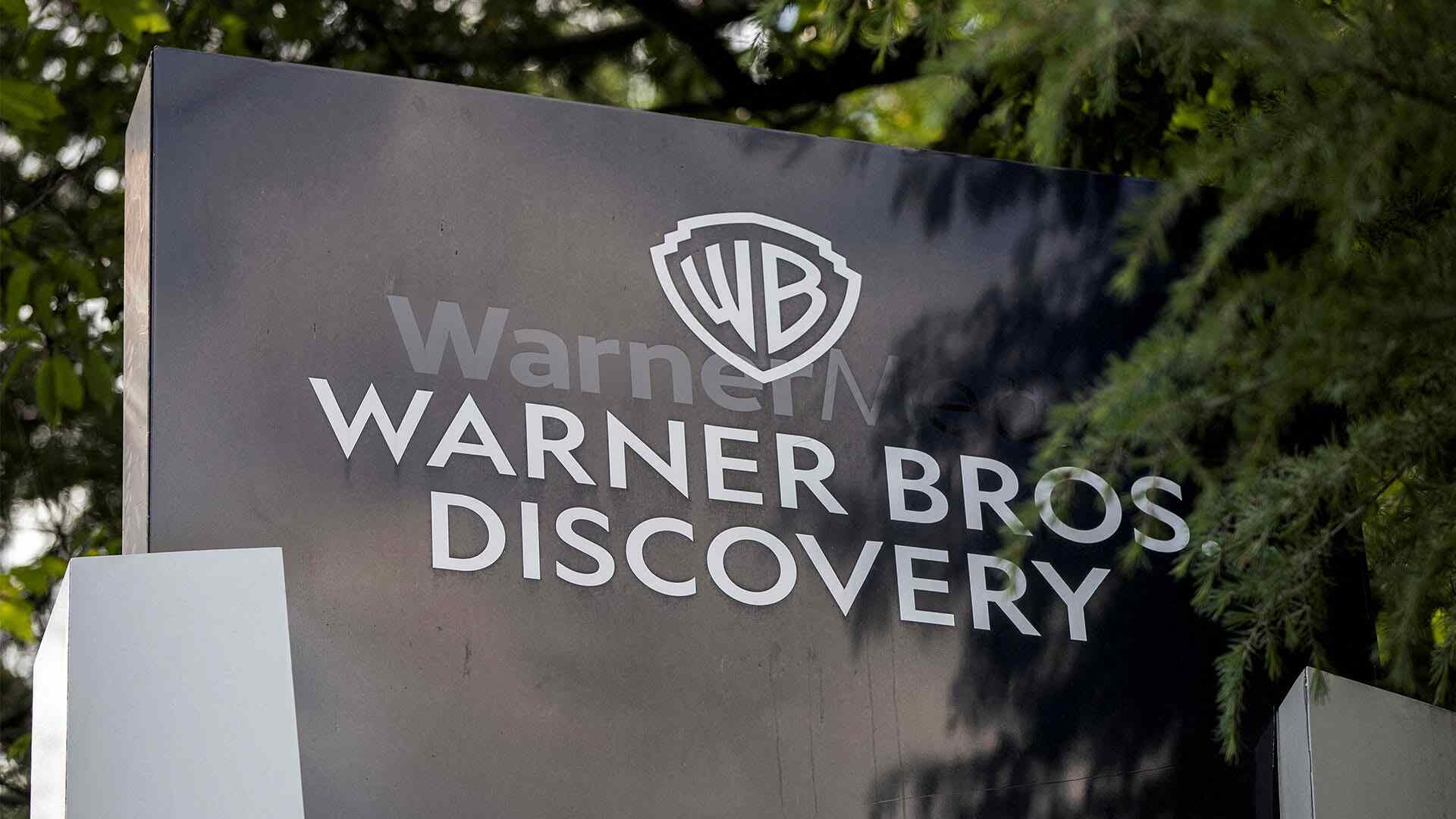- | 8:00 am
How Google, Netflix, and Warner Bros.’s ad tech stole the show from celebrities at TV upfront
Amazon’s presentation included dollar bills raining from the venue’s ceiling.

Television “upfront” advertiser presentations this week in New York City were hardly about TV at all.
The annual week-long affair where media executives have traditionally pre-sold TV advertising featured many familiar trappings: pop stars Alicia Keys and Billie Eilish dazzled packed auditoriums with live performances; celebrities Kevin Hart, Reese Witherspoon and Ryan Reynolds hawked their latest projects, and Super Bowl star Tom Brady joined other pro athletes on stage.
But it was ad tech and artificial intelligence that was getting all the attention.
Warner Bros Discovery talked up shoppable ads on its Max streaming service. Google’s YouTube introduced a new AI-powered format to place non-skippable ads on videos streamed to internet-connected TVs. Netflix advertising chief Amy Reinhard said the streamer would develop its own in-house ad technology that would give advertisers new ways to buy and gain new insights.
Ad tech even featured in punchlines.
“You’re probably wondering why I am so giddy today,” joked late-night host Jimmy Kimmel at Walt Disney’s presentation. “It’s because Disney is using proprietary meta-tagging data that leverages video intelligence to tap into the moods and emotions within the content we create. That’s why I’m so proud of what we’ve done here.”
Streaming players also sought to win over advertisers from traditional media rivals by emphasizing their increasing reach.
Netflix’s Reinhard said the company’s ad-supported plan now has 40 million global monthly users, up from 5 million a year ago. In countries where Netflix offers a version of its service with advertising, it accounts for 40% of all sign-ups, she said.
Chief Content Officer Bela Bajaria touted the chart-topping popularity of shows like its period drama “Bridgerton” and the streaming service’s expanded investment in big, live events, including a splashy deal to stream two NFL professional football games on Christmas Day.
At Amazon.com, the online superstore and cloud computing giant’s biggest news was its appearance at the event. To make a memorable first impression with ad buyers at its first upfront since introducing ads on Prime Video earlier this year, the company treated some 2,500 guests to a bounty of breakfast foods that reminded some of the big-shrimp buffets of television’s heyday.
Displays arrayed around Pier 36 in Manhattan showcased the breadth of Prime Video’s streaming content, including one that rained dollar bills from the ceiling to promote a forthcoming reality competition from YouTube personality Mr. Beast that offers a $5 million prize.
Mike Hopkins, senior vice president of Prime Video and Amazon MGM Studios, called Amazon a “one-stop destination” for entertainment and said it delivers ads to more than 200 million global customers, 115 million of whom live in the U.S.
Disney CEO Bob Iger returned to the upfront stage for the first time since 1994, back when “television used to be something you watched on television.”
While much has changed over the last three decades, he said, “what hasn’t changed is the fact that success in this industry is predicated on one thing: telling great stories.”
A day later Iger, speaking at MoffettNathanson’s 2024 Media, Internet and Communications Conference in New York, told investors he had cut investment in programming for traditional television dramatically as part of Disney’s strategy to maximize audiences and profit in streaming.
—Dawn Chmielewski, Reuters






































